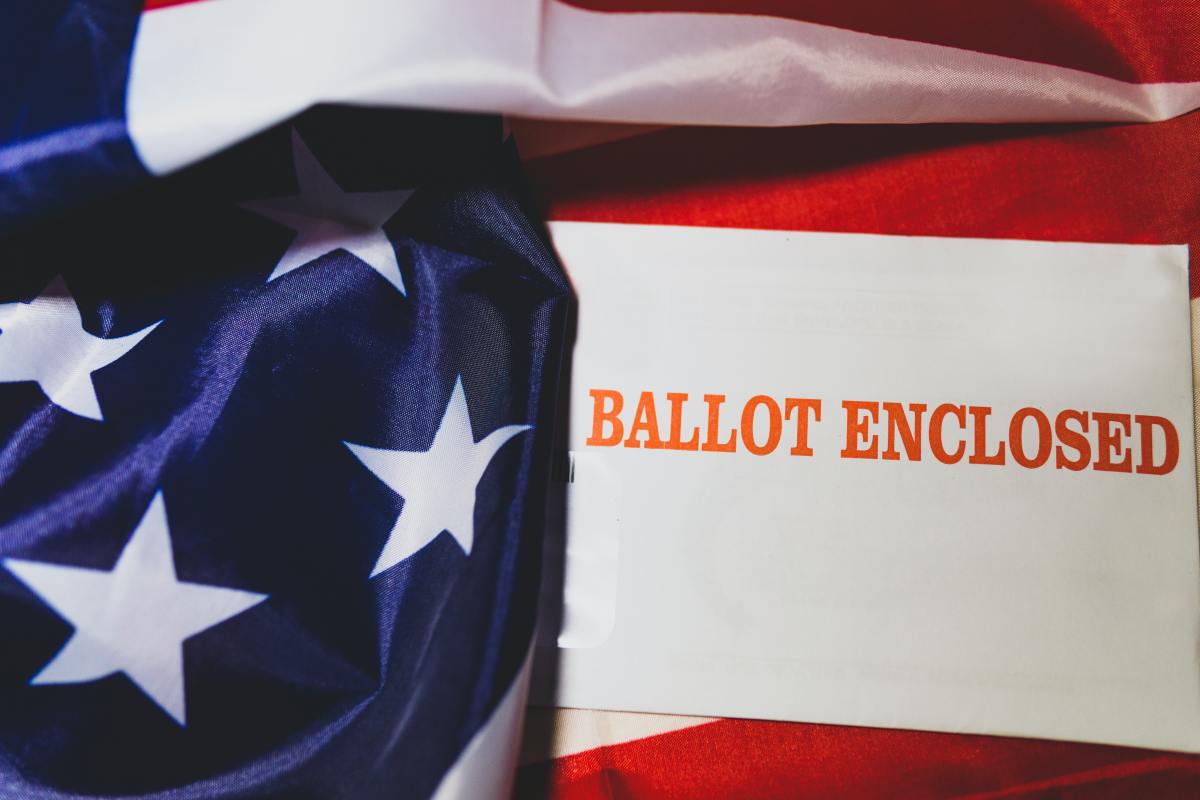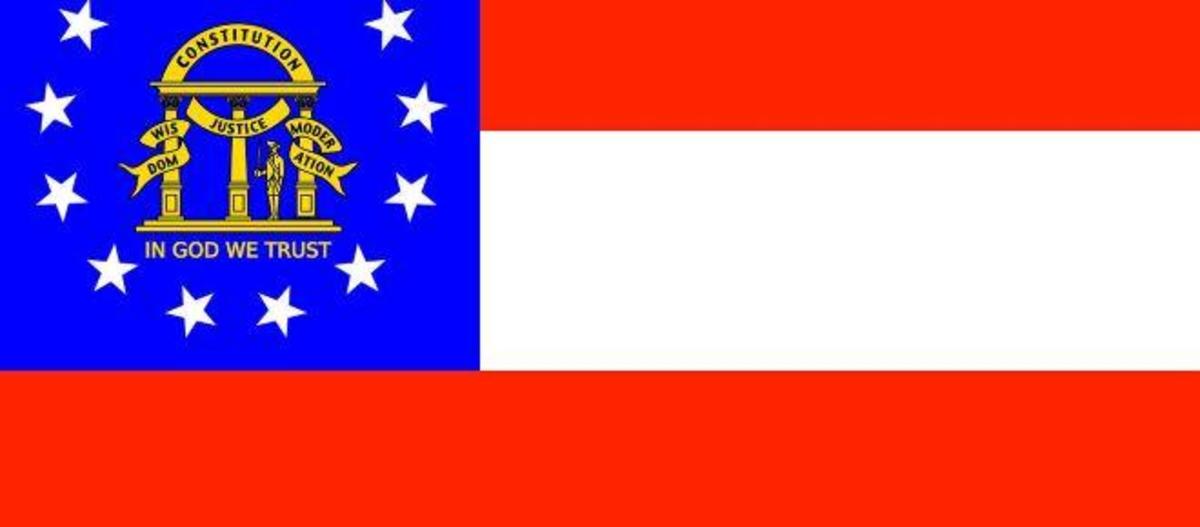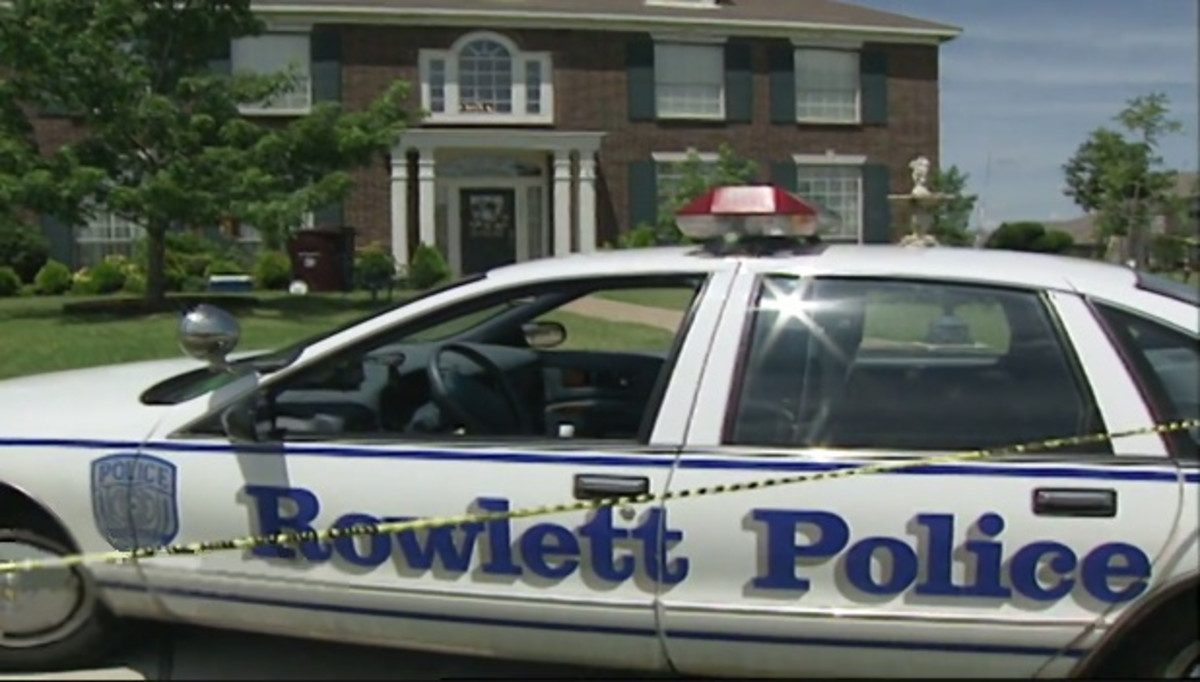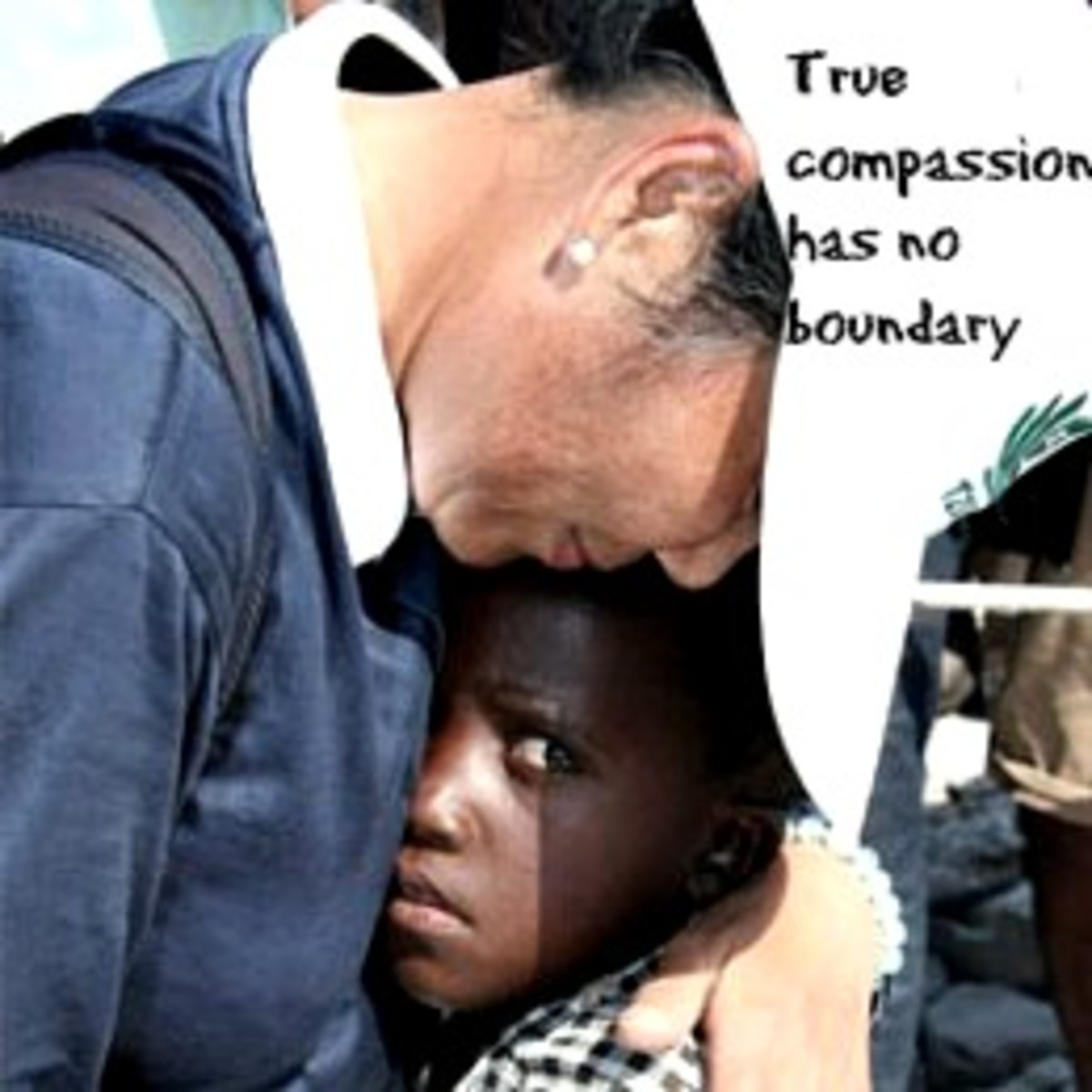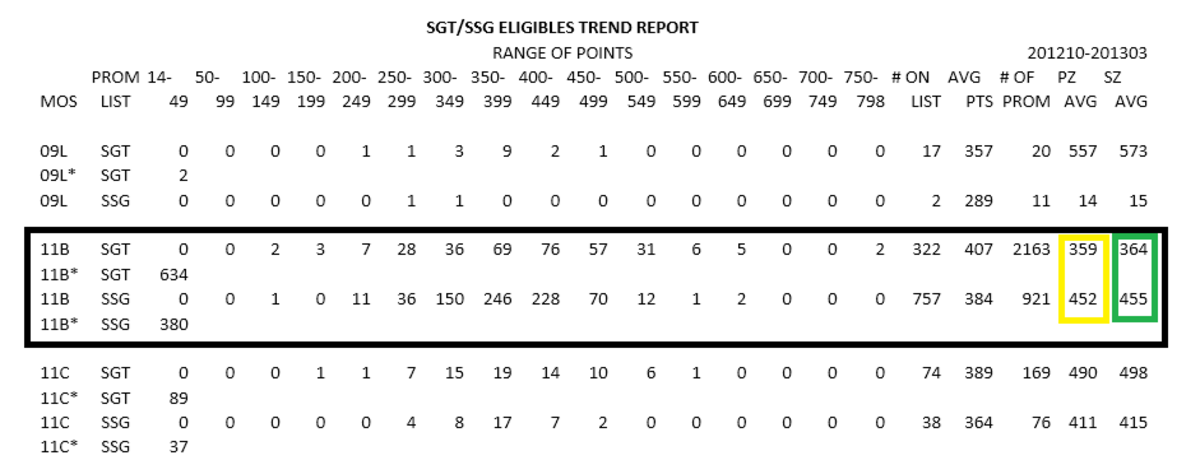Battle Over Election-Rigging Rages Behind Scene in 2020 Primaries

Long before a single vote is taken, long before any accusations of vote rigging can be hurled in any direction from any quarter, decisions are being made in the states which will determine if their systems are all but hack proof, or the playground of Russians, American party operatives, or 13 year-old kids seeking to troll a bit out of boredom on a Monday night.
The problem is, state election officials are showing that they prefer the trolling, maybe because they are reserving the right to do a little trolling themselves.
This can be the only conclusion, because the means to secure elections is available, cheap, and already in use across half of the United States.
In these jurisdictions, machines are used which take a digital image of each paper ballot as it is fed into the machine for tabulation. The machine's recognition software counts not the voter hand marks from the paper, but from the digital image of the ballot. Therefore any question about how the machine perceived the votes refers, first, back to the digital images, then to the paper ballot that the images are of.
These digital images can then, without violating privacy, be posted online or on DVD for the public to count and verify, to uncover egregious instances of election hacking, if the vote count according to the digital images is different from the officially declared count. Entire districts could be recounted overnight by crowdsourcing, and if it looks large enough to change the election, be a trigger to open the boxes of paper ballots.
There is really no downside to the posting of the digital ballot images. The images are made in about half the counties in the US. The machines are already in place. But election officials have consistently fought tooth and nail to either destroy the ballot images or keep them hidden. Officials have resorted to laughably sham arguments. Acknowledging that all ballots are entirely anonymous and can never be traced to any individual voter, one election department lawyer held that a voter could be traced, in a very small precinct, by the pattern of votes. But as we know what happens in the voting both is between a person and his or her conscience.
The reasons for election officials wanting to control the ballot images, beyond dubious concerns over voter privacy, are not hard to deduce. Control of the ballot images preserves the power to rig an election, for whatever reason, by whatever party. Many of the Founders such as Jefferson would have liked to outlaw political parties, but saw them as inevitable. They believed loyalty to party often rose above loyalty to the country, and blinded men who were ambitious and fanatical.
The Wikileaks trove of DNC emails in 2016 bore out nothing so much as the view that rules and voter will were just things to find a way around. The election had nothing to do with what The People wanted. It was about getting your guy in.
In Nevada in 2016 at the Democratic State Convention, dozens of Clinton delegates trooped past the check-in table, with someone heard saying "Shh don't yell it!" as someone told them just go on in without registering. After proclaiming Hillary Clinton the winner, state chairman Roberta Lange soon thereafter gaveled the convention adjourned on a fake voice vote, to boos and hisses from Sanders delegates.
Nevada State Convention video
The prescribed method for securing our elections is a problem that citizen election activists, as opposed to government officials or industry "experts," have been working on for some time. In 2006 activist Bev Harris and others witnessed a startlingly easy hack by computer expert Harry Hursti, on a machine still in use widely to the present day.
Although a number of bills are winding through Congress which purport to accomplish election security, none do, including Tulsi Gabbard's Securing America's Elections Act 2018, H.R. 5147, and Jim Sarbanes' (D-MD) H.R. 1, For the People Act.
None of the bills in the US House so far mandate even the most fundamental requirement demanded by citizen activists, voter hand-marked paper ballots, not marked by BMDs, ballot marking devices.
A list of demands for a fair primary process would include:
- First and of bedrock importance, disallow any ballot-marking system but voter hand-marked paper ballots, as the standard for casting votes, of course with exceptions for disability. At the present moment, election departments across the country are updating or getting ready to update the last generation of voting systems, relics of the Help America Vote Act (HAVA) funding cycle. In some states, like Pennsylvania, Texas, Kansas, Ohio, Delaware, New Jersey, and New York, counties are ignoring activists' recommendations. Why they would want to do this does not lead to comforting answers. One development to be especially vigilant against is the use of BMDs, ballot marking devices, except in cases of disability. These are touch-screen devices by which the voter touches a screen to make choices and then the machine prints those choices on a paper ballot. These are inferior to hand-marked paper ballots, because gone are the unique, hand-markings which distinguish each ballot from every other. It would be laborious to make a large number of bogus ballots by hand marking them. But making large numbers of bogus BMD ballots would be easy
- For vote-counting machines, the only acceptable technology is that in which a voter hand-marks a paper ballot (with exceptions for disability,) and then feeds it into the kind of optical scan device which generates a digital image of each ballot, and then stores it in memory. These are already in use in over sixty percent of US counties. The images should be posted on the Internet or made available on a DVD for any citizen to recount. In the event that there are significant discrepancies with the official vote count, that is the signal for a court to order a hand recount of the paper ballots. At the forefront of efforts to make these images public record are citizen's groups like Audit USA, and citizen activists like Bev Harris, John Brakey, Harvey Wasserman, and Bob Fitrakis.
Secure, transparent, and verifiable elections are within reach. But Americans need to fight for them. Activist for Audit Elections USA John Brakey, in the thick of filing lawsuits against election departments in order to force them to preserve ballot images, argues that elections are controlled at a higher level than anyone ever imaged. Referring to the DNC's voter database which can be used to hack voter registrations and wreak havoc on a particular candidate's supporters, Brakey says:
"They know what magazines you read. They know if you like anchovies."

